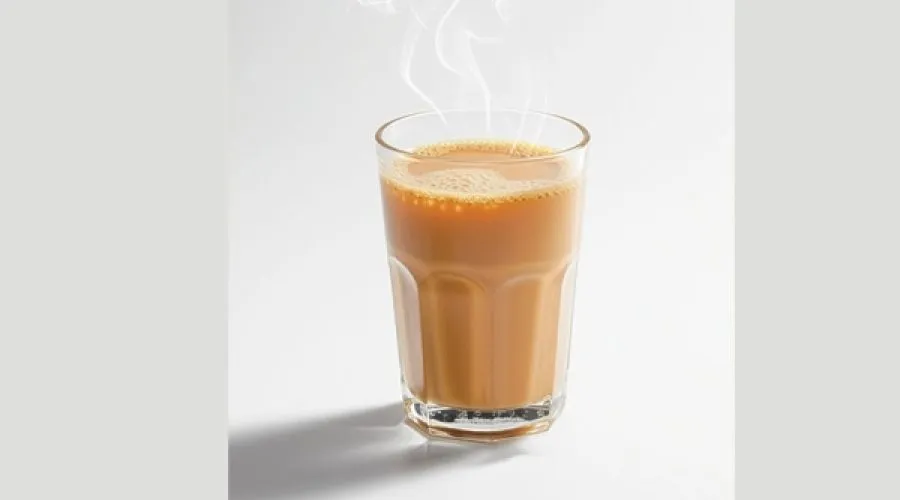Sudan’s Spiced Tea Revolution: Opportunities for Investors and Entrepreneurs in the Beverage Industry
Exploring the Cultural Significance of Tea in Somali and Sudanese Heritage
A familiar sentiment resonates among Somali TikTok creators: “Ilahayow guri aan shaah laga karin hana dajin,” which translates to “God, don’t let us live in a house where tea is not brewed.” This expression captures the deep-rooted connection many have to tea, particularly for Ifrah F. Ahmed, a Somali-born writer and chef who contributes recipes to New York Times Cooking. Growing up enjoying caano iyo shaah—various milk teas—Ahmed reminisces about her mother’s method of preparing tea. She recalls the ritual of making shaah with black tea, fresh ginger, and spices, ground meticulously with a mortar and pestle. Sugar was optional, and the tea was completed with either whole milk or Nido milk powder.
In Sudan, the perception of tea takes on a significant role, as noted by Samar Bengawi, a final-year medical student and writer based in Tbilisi, Georgia. “In my home country, hot tea is not a side character; it’s the main event,” she emphasizes. Bengawi explains that Sudan’s tea culture is well-defined, featuring black tea infused with herbs and spices. Milk tea is traditionally served either early in the day or at its conclusion. Black tea, on the other hand, acts as a digestif following a hearty lunch. Furthermore, tea plays a vital role during visits and in times of celebration or mourning, adhering to the unspoken rule of serving black tea exclusively.
Reflecting on her own childhood in Lagos, the author describes tea as an understated yet essential element of daily life. To her, tea encompassed a variety of warm drinks—be it black tea or hot chocolate—often sweetened and diluted with milk. People would often hold steaming cups in their palms, savoring warmth amid the heat of the day. This wholesome experience, reminiscent of enjoying pepper soup even in the sweltering heat, provided a moment of solace.
Recently, she has delved into various tea rituals across Africa, discovering different black teas complemented by sweet spices and sweeteners like honey, dark brown sugar, or maple syrup. One notable beverage she encountered is shai magnan, or burned milk tea, which kickstarts the day for millions in Northeast Africa and beyond.
This aromatic brew, often served hot and sweet, is prepared with cardamom and cloves as essentials, and can be customized with additional ingredients such as cinnamon, ginger, allspice, or black pepper, according to individual taste. The tea-making process can serve as a grounding ritual for those who embrace it.
Shai Magnan (Sudanese Burned Milk Tea)
Total time: 15 minutes
Prep time: 5 minutes
Cook time: 10 minutes
Shai magnan is a traditional Sudanese milk tea made by cooking milk until it turns a deep golden brown. Black tea is brewed separately with spices and sugar before being gently combined with the browned milk. This process may lead to some splatter, potentially surprising those new to the technique. For an easier alternative, molasses can be used to replicate the rich flavor of cooked milk without the cooking time. This shortcut yields a similar brew that can be enjoyed on its own or paired with favorite butter cookies or shortbread.
Special Analysis by Omanet | Navigate Oman’s Market
The rich tapestry of tea culture highlighted in this article underscores a growing consumer interest in diverse beverages, presenting a unique opportunity for businesses in Oman to tap into regional and global tea trends. However, the risk lies in catering to potentially fluctuating preferences; brands must remain agile and innovative. Smart investors and entrepreneurs should consider investing in local tea experiences or products that celebrate this cultural heritage, fostering community engagement while capturing a niche market.



